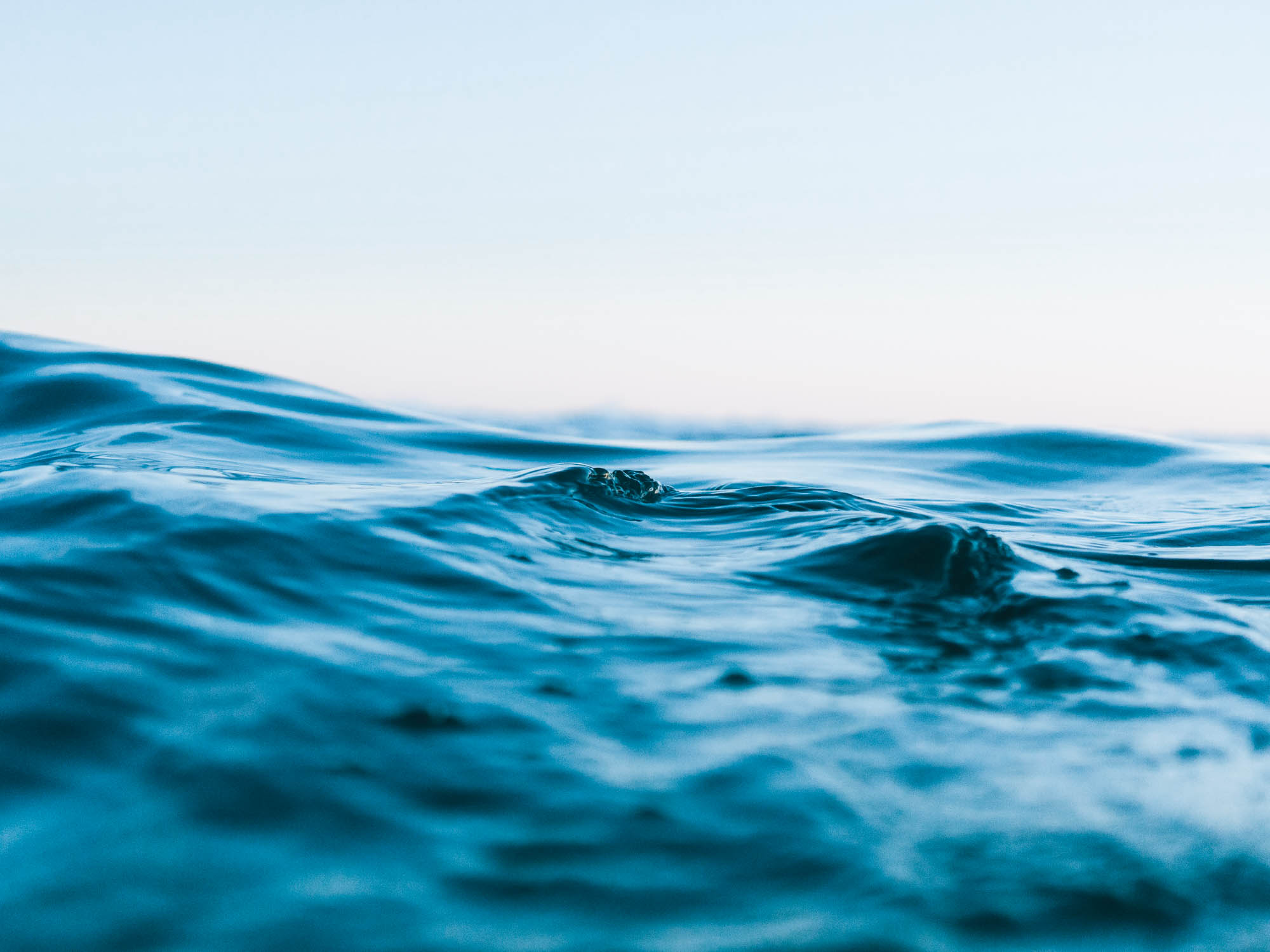An agreement by the UN community of states on a new treaty aims to protect the world’s oceans.
The world’s oceans cover about seventy percent of our planet’s surface and include inshore and offshore areas, the high seas. It is the largest fairly uniform habitat in the biosphere, extending from the sea surface to the deep sea at 11,000 metres with an average depth of about 3,700 metres. The high seas cover two-thirds of the world’s oceans and thus more than 40 percent of the biosphere of the entire earth. This habitat harbours a still surprisingly little-known diversity of species, from unicellular microorganisms, worms, and echinoderms such as sea cucumbers and starfish, to fish and marine mammals such as whales, both in the water column and on the seabed, especially in the deep sea.
The microscopic algae in the translucent layers near the surface, phytoplankton, contribute half of the total oxygen produced by vegetation. So, statistically speaking, with every second breath we breathe in life-giving oxygen formed by phytoplankton. Certain areas of the world’s oceans are also highly prized for fishing; the seabed and the sediments and rocks beneath it contain equally large deposits of rare and sought-after metals such as manganese, zinc, and nickel, as well as reserves of gas and oil. However, the deep sea has so far been less explored than the side of the moon facing away from the earth.
The vast majority of the high seas lie outside the national exclusive economic zones (EEZs). They belong de facto to all people on earth in the same way and can, by all nations without any regulation, be explored, fished, or exploited with regard to other resources such as mineral resources, but also genetic information from very different organisms for biotechnological applications, for example. This situation is used in particular by large industrial nations and by globally operating companies. Smaller countries without the corresponding economic and financial prerequisites are left by the wayside. In addition, the high seas have a special significance in climate warming as a reservoir for heat and CO2 with the consequences of acidification, warming, and the resulting changes in ocean currents and habitats. Since time immemorial, the high seas have been an important regulator for maintaining the temperature homeostasis of the earth’s organism.
Therefore the agreement on the protection of the high seas adopted on the 4th of March by the fifth session of the UN Intergovernmental Conference on Marine Biodiversity of Areas Beyond National Jurisdiction is a very gratifying, indeed historic, event. After more than 18 years of sometimes tough rounds of negotiations, conditions are being created for the first time for the above activities in the high seas to become transparent, for economically weak countries to participate in the research and use of genetic resources, and for binding rules to be established for the creation of marine protected areas. The last point, in particular, is of especially great importance. This is because protected areas are vital for the survival of many endangered species and habitats and serve not only to protect them locally but also to enable them to spread or re-spread into other areas that are not protected.
When the treaty enters into force, scientific, corporate, and governmental activities with environmental relevance can no longer be carried out in the high seas without disclosure of the intended activities and results achieved. An institution yet to be set up must also decide to what extent intended activities that may harm the marine environment, for example in deep-sea geological exploration, may be carried out, must be offset with compensatory measures, or may even be prohibited. The agreement is a milestone for achieving the goal of the Global Biodiversity Framework adopted at the UN Biodiversity Conference in Montreal last December, namely to place thirty percent of terrestrial and marine areas under protection by 2030.
The High Seas Treaty is also of great importance and a new step in such agreements because in the bodies, yet to be established decisions are made by majority and no state is given the right of veto. In earlier agreements with similar intentions, for example the Antarctic Treaty, which was adopted as long ago as 1959, all decisions must be taken unanimously. For example, there has been no progress in the designation of new protected areas in Antarctica in recent decades because individual states have not agreed to corresponding proposals. This mistake of a right of veto could be avoided in the case of the High Seas Treaty.
The treaty also provides that economically weaker countries, especially from the southern hemisphere, will receive compensation payments from richer countries for research and the use of its findings for various applications. This point in particular is of great importance for the economically weaker countries. Before the agreement can enter into force, it must be ratified by the participating states after some further legal checks. In addition, the bodies provided for in the treaty to implement transparency and balance the interests of the signatory states must then be established. We can hope that this will happen quickly so that the promising intentions of the treaty can be implemented swiftly.
It seems a very hopeful sign that with this treaty the world community of countries wants to assume its responsibility for such a large area of the biosphere. This is all the more true at the present time, which is marked by political, social, global climate, and biodiversity crises. Especially in the age of the consciousness soul, we humans must bear the responsibility for all our actions and their consequences for the entire biosphere, including the high seas which for many people lie outside their horizon of consciousness. It remains to be seen whether these hopes will actually be fulfilled.
Image Matt Hardy
References
United Nations General Assembly resolution 72/249
Greenpeace: UN einigt globalen Ozeanvertrag
BMUV: Historischer Durchbruch für den Schutz der Weltmeere
https://sciencephotogallery.com/featured/satellite-view-of-earth-showing-the-pacific-ocean-copyright-tom-van-santgeosphere-project-santa-monicascience-photo-library.html





